Digital camera Christmas 2014 list
Introduction
With Christmas just around the corner, digital camera manufacturers will get all their new releases in-store in time for the Christmas rush. I’ll be going over all the new digital camera and lenses from Sony, Olympus, Fujifilm and Samsung for your Christmas list in this post.
Sony
Sony’s Imaging department is apparently saving up their big A-mount news for the next fiscal year, but there is plenty of new stuff for E-mount users. A new flash for the A7 series, a new wide angle zoom, a new cinema powered zoom and their innovative smart, interchangeable lens camera.
Sony HVL-F43M
Sony’s latest multi-interface shoe (MIS) was specially designed for their very popular Alpha A7 range. The HVL-F32M flash unit features a high-speed synchronisation mode (HSS), wireless control, and auto white balance compensation. The flash is powered by 2 AA alkaline batteries, and it is resistant to both dust and moisture. It will be available from mid-October worldwide.
- Guide number of 32
- ADI flash metering
- High-speed sync
- Advanced wireless slave
- Auto White Balance
- Vertically Tilts from -8° to 90°
- Swivels 90° left; 180° right
- Multi-Interface Shoe
- Flip-down wide diffuser panel
- Takes two AA batteries
Sony FE 16-35mm f/4 (SEL1635Z)
Sony’s full-frame wide angle zoom E-mount lens is one of the most anticipated releases of the year. After the disappointing FE 24-70 f/4 released early 2014, many FE mount users are hoping for a better performing zoom. I tried it at Photokina in September, and my initial impression was that does fare better when it comes to sharpness and distortion at f/4, but still no real wow factor here.
- Wide-range zoom lens designed for full-frame FE-mount cameras (A7 range)
- Disappointing constant f/4 maximum aperture
- Optical SteadyShot image stabilisation
- Five aspherical elements, including one advanced aspherical element and 3 ED elements helps to reduce chromatic aberrations
- Carl Zeiss T* anti-reflective coating to counter lens flare and ghosting
Sony ILCE-QX1
The ILCE-QX1 is a so-called smart lens camera, allowing your smartphone to be used as a controller and screen. This unusual APS-C CMOS interchangeable lens camera is small enough to fit in the palm of your hands. Apparently pre-sales have gone through the roof, so order fast if you don’t want to miss out.
- Clips to Smartphone and Shoots Uncoupled with WiFi or NFC
- Sony E Lens Mount (can use both APS-C E-mount lenses and Full-frame lenses in cropped mode)
- 20.1MP APS-C Exmor APS HD CMOS Sensor
- BIONZ X Image Processor
- Full HD 1080p Video Recording at 30 fps
- RAW Shooting and ISO Range up to 16000
- Continuous Shooting up to 3.5 fps
- Built-In Flash with Guide Number of 13.
- Uses microSD cards
Sony FE PZ 28-135mm f/4 G OSS (SELP28135G)
This is a lens designed by their in-house G-line department. The SELP28135G is a motorised zoom lens with a constant f/4 aperture for professional video use. It is intended for the full-frame (FE-mount) Sony A7 range cameras.
- Precision optical design supports 4K production with minimum angle of view variation while focusing and axial displacement while zooming
- Three control rings offer manual control for demanding large format production
- On-lens SSM (Super Sonic wave Motor) drive achieves quiet zoom and extra-smooth iris control
- Compact, lightweight design for situations that require mobility
- Dust and moisture resistant
Olympus
The OMD EM1 is probably one of the most versatile and feature-rich cameras on the market today. Although it has a smaller sensor compared to APS-C or full-frame, Olympus (and Panasonic) does have a fantastic lens line-up, and the best Autofocus system out there.
Olympus OM-D E-M1 silver body
No new camera releases from Olympus this year, although the OM-D E-M1 digital camera is now available in a silver magnesium body with aluminium dials and controls.
This coincides with the release of a version 2.0 firmware update for the older black model with some interesting new features
- USB tethered shooting capabilities involved in a photo shoot. The software also allows the photographer to operate the camera directly from the computer.
- In-camera Digital Shift ( Keystone Compensation), enabling you to correct the converging lines of trapezoidal distortion in Live View without the need for a shift lens or post-process.
- Expanded Live Composite Mode (like on the EM10), offers previews of long exposures in Live View.
- New Art Filters and new Vintage and Partial Colour effects.
Olympus 40-150mm f/2.8 PRO
The new M.ZUIKO 40-150mm f2.8 PRO is a compact, fast zoom with a metal construction.It’s light in weight and fully sealed for weather protection. I tried this one out, and it looks like another fantastic zoom lens from Olympus.
- ZERO coating: a thin coating technology works to produce a clear and high-contrast image.
- Fast f/2.8 maximum aperture through the range.
- Lens construction features 16 elements in 10 groups.
- Retractable lens hood with locking function
- Completely splash, dust, and freeze-resistant.
- Features a rotatable tripod collar for when additional support is needed.
M.Zuiko Digital 1.4x Teleconverter MC-14
The MC-14 is also completely weather resistant and gives you 40% more reach when used with the compatible 40-150mm f/2.8 PRO.
When using a 1.4x teleconverter, you will lose one stop of light, so, for example, when using an f2.8 lens, the widest aperture you can use the lens at is f4.0.
Fujifilm
Fujifilm design beautiful retro-looking cameras. Their unique X-trans II sensor does offer a different flavour of image output with superior colour reproduction compared to the traditional Bayer sensor layout. The image ‘look’ is something that you either love or hate, I like playing around with their RAW images in Capture One. Fantastic if you like to give your images a retro or artistic look.
Fuji X-T1 Graphite Silver Edition
The Fujifilm XT1 Graphite Silver Edition is a new version of the existing XT1 mirrorless camera.
Besides a durable coating and new look, nothing has changed although they will be shipping with a new firmware update (also available for the black XT1), available mid-December 2014 with a bunch of new features:
- New Electronic Shutter
- New Film Simulation “Classic Chrome”
- LCD Brightness / EVF / LCD Color Control
- customisable Q (quick selection) menu
- Normal Live View Mode
- Direct Focus area selection
- AE-L/AF-L Button Setting
- Enhanced video mode (60p/50p/30p/25p/24p)
- Manual video control (ISO, Aperture, S.S., AF mode)
- Phase detection AF on instant AF
- Tethered Shooting
The Fujifilm XT1 Graphite Silver Edition body will be available from November 2014 at $1499 USD / 1199 GBP.
Fujinon XF 50-140mm f/2.8 R LM OIS WR
The new XF50-140mmF2.8 R LM OIS WR has a constant f/2.8 aperture throughout the range. It’s a fully weather sealed tele zoom lens with all the characteristics of a prime lens like a wonderful bokeh and great micro contrast. It is also stabilised with Fuji’s fantastic in-lens stabilisation system (the best out there) which offers around 3,5 stops of advantage over a non stabilised system. I’m trying it out now, and it works fantastic, allowing long(ish) shutter speeds with a tele-zoom without blur, unbelievable.
- Constant f/2.8 maximum aperture.
- 3-elements in 16-groups with 5 extra-low dispersion elements and one Super extra-low dispersion element.
- A Nano-GI (Gradient Index) and HT-EBC coating suppresses lens flare and ghosting.
- Uses an enhanced gyro sensor and unique series of algorithms for the optical stabilization system
- A Triple Linear Motor autofocus system for smooth and near-silent operation
- A tripod collar is included for well-balanced mounting and shooting when working from a tripod or monopod.
- An inner focusing and inner zooming design maintains the overall lens length during operation for quicker performance and greater resistance to dust or moisture from entering the lens.
- Weather-resistant and capable of functioning in temperatures as low as 14°F.
- Seven rounded diaphragm blades for a nice Bokeh.
- Uses the X series Lens Modulation Optimizer (LMO) function for consistent illumination and sharpness throughout the range.
Fujinon XF 56mm F/1.2
The XF 56mm f/1.2 is an ideal portraiture lens. It features a new optical design with 11 elements in 8 groups.It uses 2 ED (extra-low dispersion) elements and one double-sided aspherical element are used to control spherical and chromatic aberrations, while a further four of the elements feature convex surfaces to ensure excellent light coverage, even when shooting wide open.
Fuji X100T
The Fuji X100T is the third generation of the X100 Series, reflecting the feedback from customers for each and every part, including image quality, viewfinder and operability. The X100T is available in both black and silver versions and includes three major changes:
- World’s first Advanced Hybrid Viewfinder, complete with Electronic Rangefinder (like the EVF in the X-T1).
- Increased operability with the 1/3 stop aperture ring, command dial, 4-way controller, and seven Fn buttons.
- New Classic Chrome film simulation mode.
- 16.3MP APS-C X-Trans CMOS II Sensor
- EXR Processor II
- Fujinon 23mm f/2 Fixed Focal Length Lens
- Hybrid Optical and Electronic Viewfinder
- Parallax-Correct Electronic Rangefinder
- 3.0″ 1.04m-Dot LCD Monitor
- Full HD 1080p Video Recording at 60 fps
- Intelligent Hybrid AF System
- ISO 51200, Continuous Shooting to 6 fps
- Electronic Shutter & Built-In ND Filter
Samsung
Samsung has been making digital cameras for years, but their latest announcement the NX1 has many pro and semi-pro APS-C users excited. Their APS-C CMOS sensor is the largest back-illuminated sensor on the market today and promises better low-light capabilities. Although their lens range is rather limited, the do now offer 2 excellent PRO zoom lenses for a total range of 16-150mm at f/2.8.
Samsung NX1
The Samsung NX1 features a 28.2MP BSI APS-C CMOS sensor that not only produces high-resolution images, but also 4K video at 24 fps, UHD at 30 fps, and full 1080p HD video at up to 60 fps. High Efficiency Video Coding (H.265) is applied so that even 4K and UHD video files remain easy to edit and share.
A sharp, 3.0″ HD 1036k-dot touchscreen monitor and 205 phase-detection AF points benefit both cinematographers and still photographers, and for instances where it is preferable to use the camera’s viewfinder instead, a sharp, 2360k-dot XGA OLED electronic viewfinder is also built-in.
Built for fast shooting conditions, the NX1 provides a 15 fps burst with autofocus plus a 1/8000th second maximum shutter speed. For use in low-light, the ISO range can be expanded from 100 to 51,200. Sone interesting scene modes like Action Freeze, Beauty Face, Fireworks, Landscape, Multi-Exposure, Night, Panorama, Rich Tone (HDR), Sunset, and Waterfall are available. Images can be saved as RAW files or JPEGs, making it an interesting choice for both professionals and amateurs.
I’ve been using this camera now for a few weeks, and it is indeed very impressive. ISO up to 6400 is still useable, and it focusses just as well as any DSLR (impressive for a mirror-less system).
- 28.2MP BSI APS-C CMOS Sensor
- a new DRIMe V Image Signal Processor
- 4K Video Recording at 24 fps
- UHD Video Recording at 30 fps
- 3 inch 1036k-Dot Tilt-Touchscreen Monitor
- 2360k-Dot XGA OLED Electronic Viewfinder
- Advanced Hybrid Autofocus System
- 205 Phase-Detection AF Points
- 15 fps Burst with AF
- Samsung NX Lens Mount
Samsung 50-150mm F2.8 S OIS Tele-Zoom (S50150)
The constant F2.8 aperture on the 50-150 mm Premium S Telephoto Zoom Lens coupled with the superior AF capabilities makes it an excellent choice for action photographers. It’s also dust-and moisture resistant and has a new 4-axis control with a 6-axis sensor image stabilisation system. Although this is Samsung’s first tele-zoom, it performs very well in good light.
- Fast f/2.8 aperture throughout the range
- 4 ED (Extra-low Dispersion) and one XHR (eXtreme High Refractive) elements for extreme clarity
- 4-axis control with a 6-axis sensor OIS
- Customisable focus range limiter
- Dust and splash resistant structure
- Durable, metal construction
Conclusion
One year after the release of the first A7, Sony’s full-frame A7 system is finally maturing to the level where there is a descent lens range for all kinds of photography (and video) to choose from. Their 16-35mm zoom is one of the most highly anticipated lenses and initial reviews are quite favourable, although an f/4 max aperture does have it’s limits for low-light and handheld shooting.
The Olympus OMD system is beyond a doubt the most useable of all cameras listed here, and I would not let the smaller micro-four-thirds sensor deter me from going with that system. I’ll take an MFT camera which is very portable and rarely misses focus over a inferior yet full frame AF system anytime. Their new tele-zoom does indeed look and feel impressive.
Fuji’s XT1 firmware update scheduled for december looks very interesting and will be a nice Christmas present for all current XT1 owners. The continue to develop lenses for the X-mount system so I’m guessing they’ll keep with their APS-C sensors for some time to come.
Samsung is the new kid on the (semi) Pro block and might well be the surprise of the year. I’ve tried a fair few 1 inch back-illuminated sensor cameras this year and they always perform beyond what you’d expect from a sensor that size. With now 2 fast f/2.8 zooms from wide to tele available, and a nice 85mm prime, it’s a system which will appeal to many photographers.

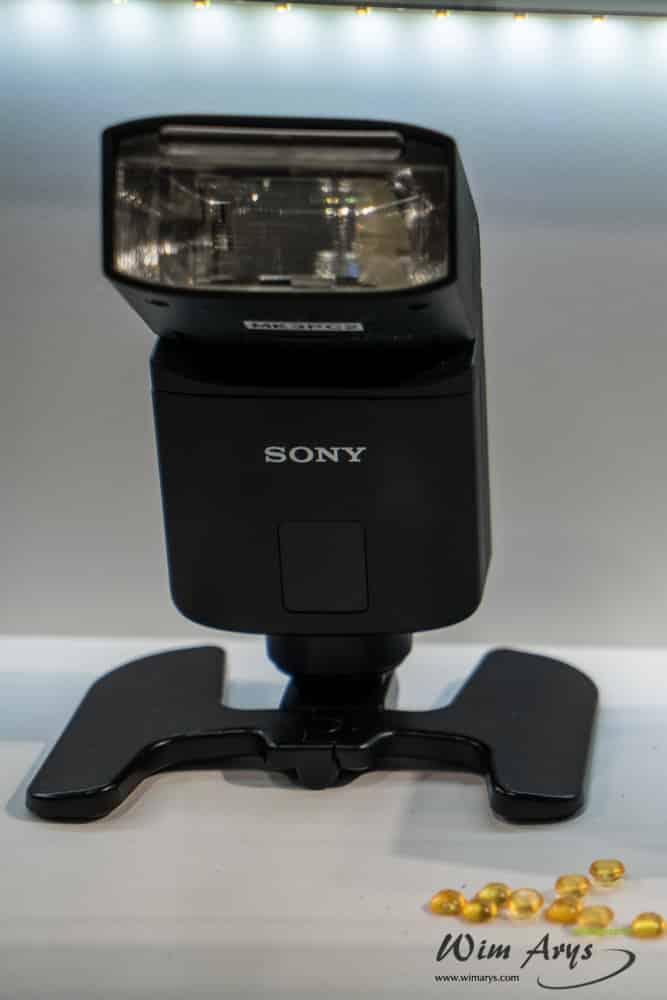
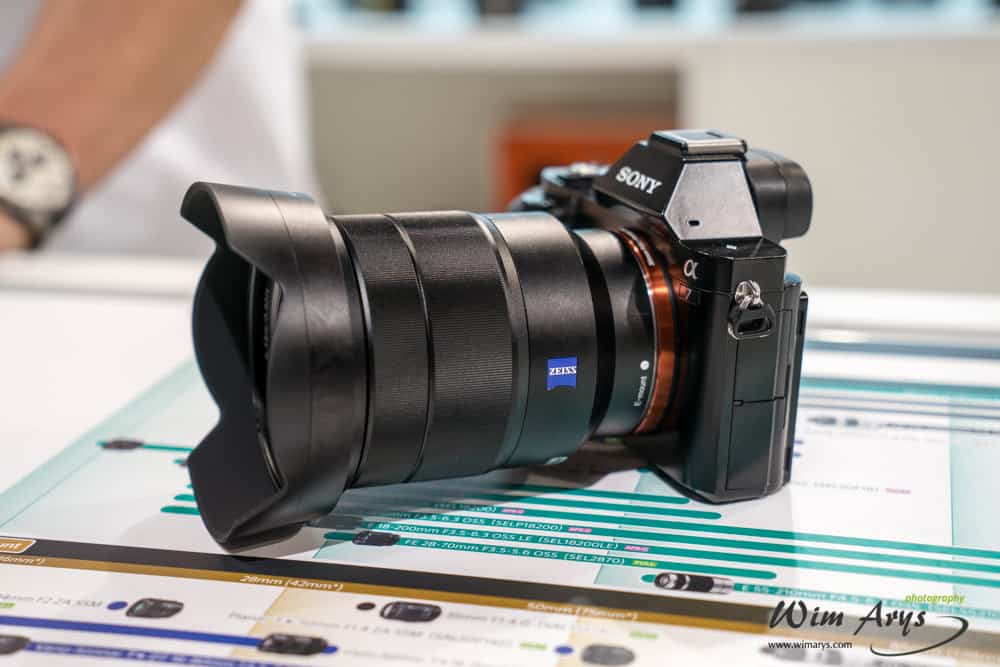


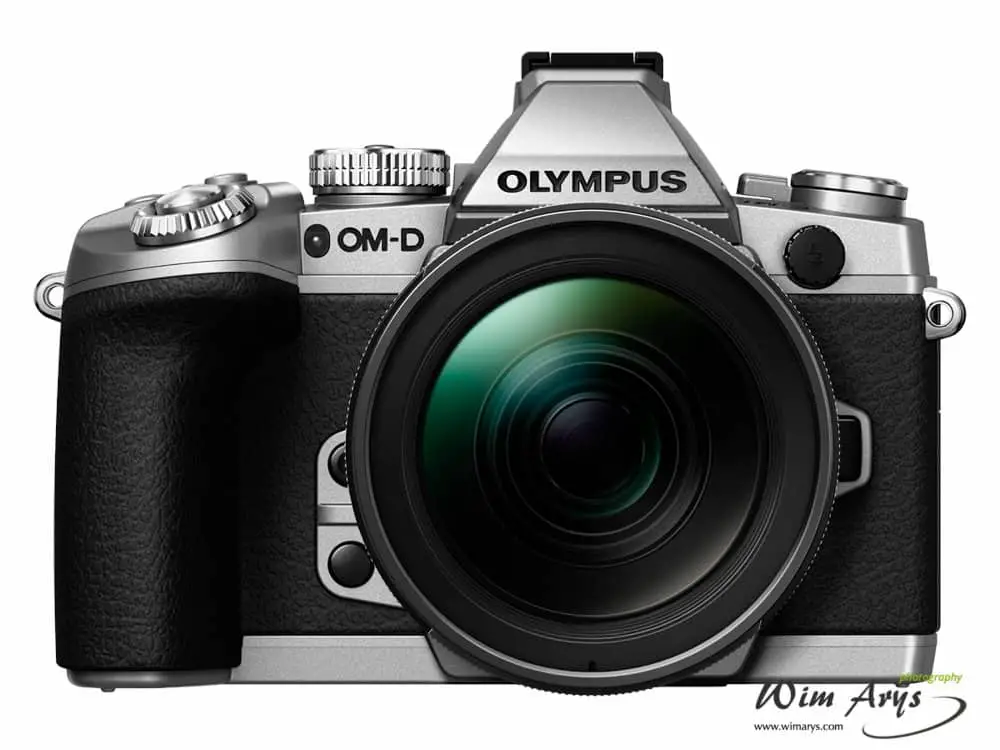

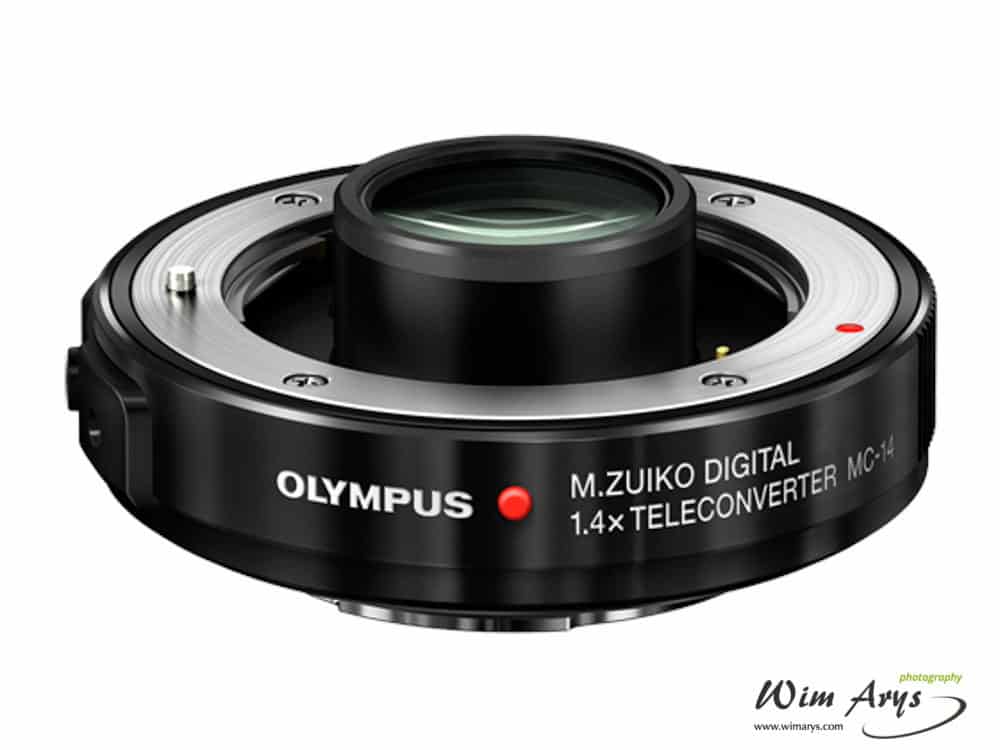


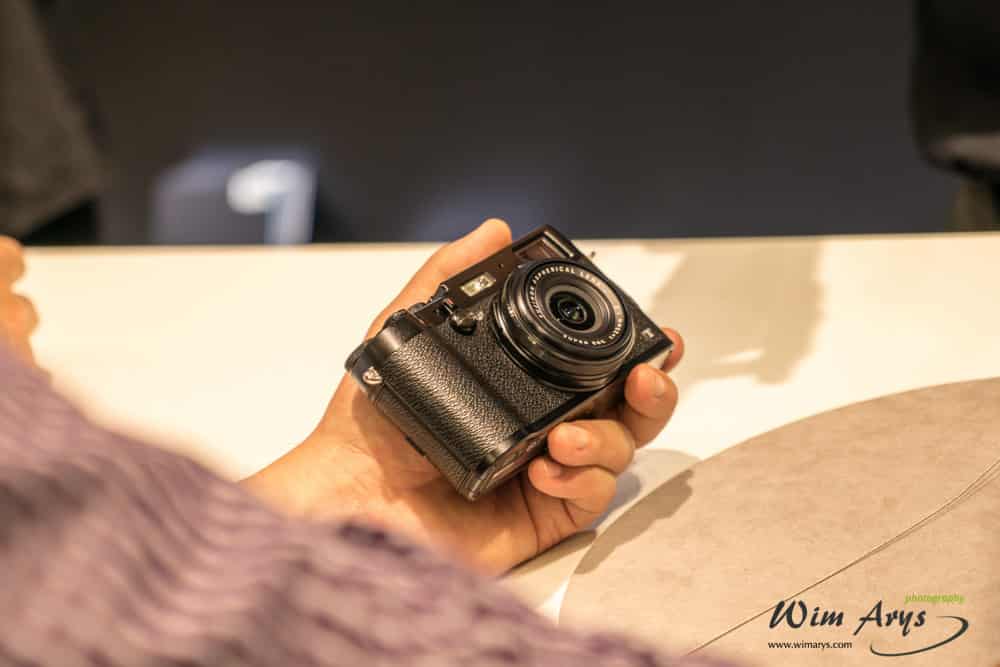
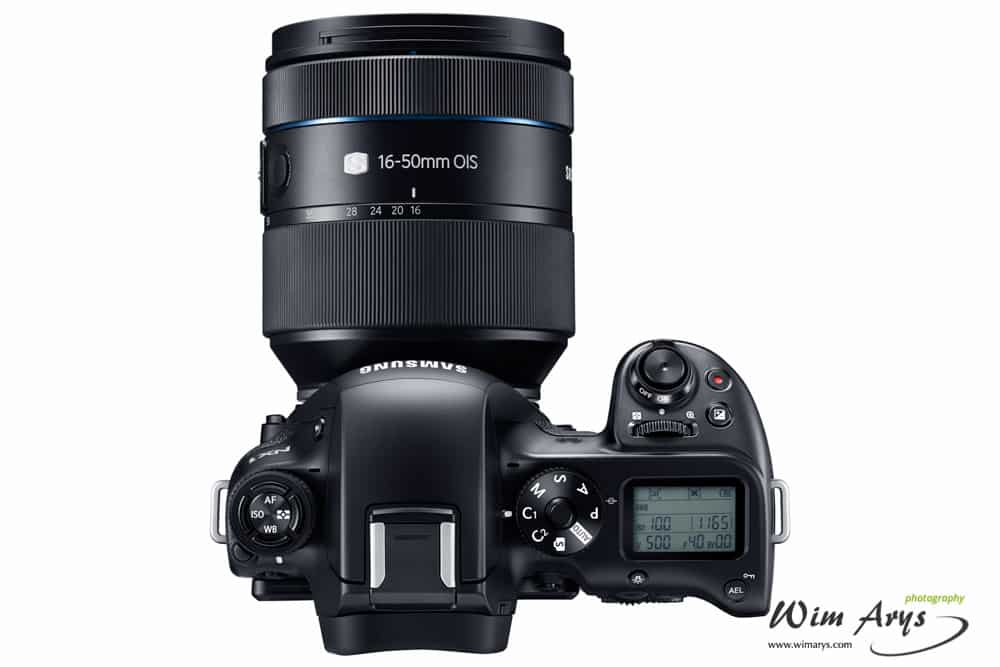
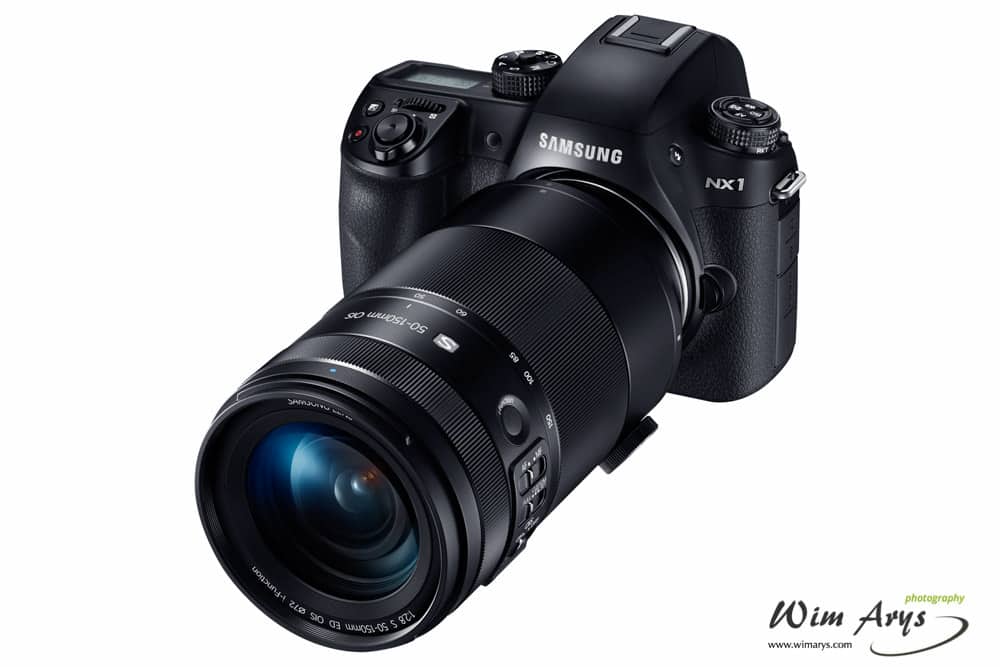

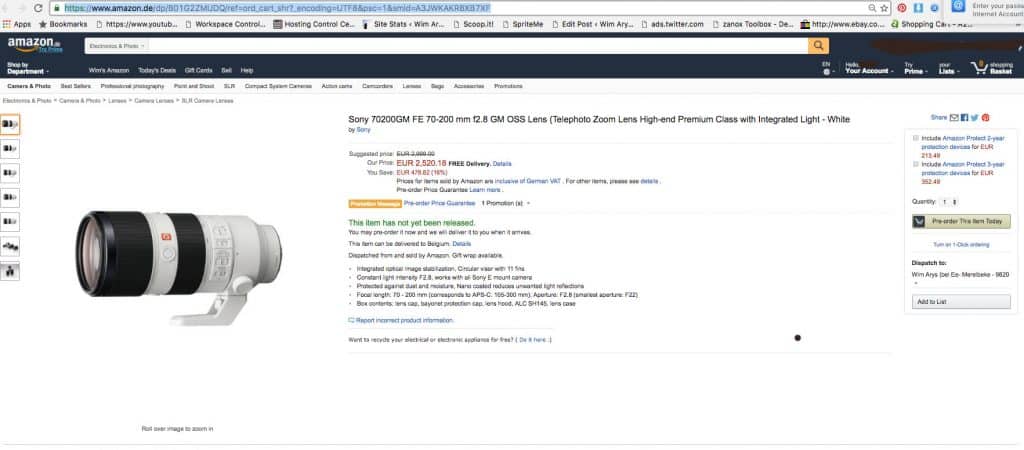
0 Comments